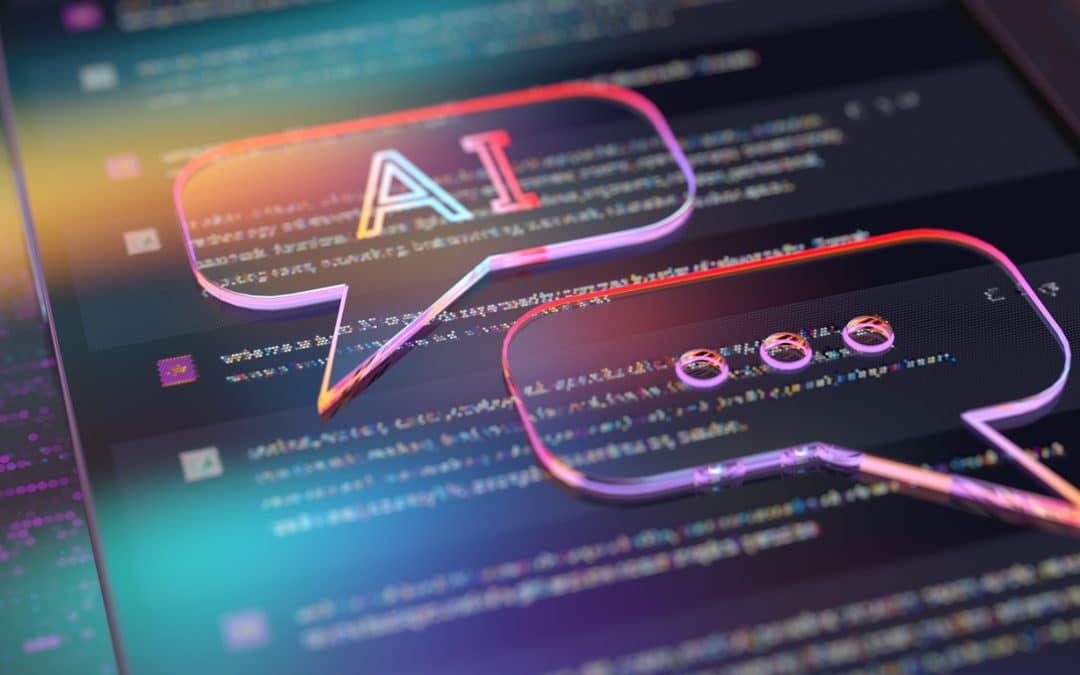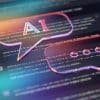The increasing use of artificial intelligence (AI) tools in the construction industry is transforming how projects are managed and executed. AI is not swinging any hammers — yet — but it is helping builders accumulate data about a project’s progress, when supplies can be expected to be depleted or arrive, and whether a finished product truly matches blueprints or specifications.
But AI is not just changing the construction field, it is also reshaping the associated construction legal landscape. As AI becomes more integrated into various aspects of construction — from design to monitoring and decision making — it necessitates a parallel evolution in construction law. This includes accounting for the drawbacks of AI and any risk associated with its use.
Emerging legal challenges
One of the primary legal challenges of introducing AI in the construction industry is accounting for liability. The New York Times highlighted construction consulting firm nPlan, which uses complex algorithms to map out the progress of vast infrastructure projects and avoid mistakes or supply gaps. According to the article, its machine learning system was trained on a database of more than 740,000 projects. But no AI system, no matter how well trained, is perfect.
When an AI system makes a decision that leads to, for example, a construction defect, accident, inappropriate timetable, or excess or deficiency of necessary materials, fingers may be pointed to determine who is responsible — the software developer, construction firm, consultant or another party. This becomes an even more complex jumble than a traditional construction dispute.
The traditional legal frameworks, including decades of case law and precedent, may not adequately address scenarios involving AI, leading to potential legal uncertainties. This is especially true considering how no two construction projects are exactly the same.
Intellectual property concerns
AI-generated construction designs and solutions also raise questions about intellectual property rights. Who owns the rights to a building design created by AI: the programmer, user or the AI itself? What if, as we’ve seen in other industries, AI presents copyrighted material as original?
As AI becomes more sophisticated and autonomous, existing intellectual property laws may need to be reinterpreted or revised. Certainly, if AI is to be incorporated in future projects, IP rights for what it produces will need to be accounted for in any contractual arrangements.
Contractual adjustments
Standard construction contracts will also need to evolve to address AI’s increasing presence, and not just to account for risks associated with the use of AI at the site or to cover IP concerns. With AI’s ability to predict project outcomes more accurately, contracts might start to include clauses based on AI-provided forecasts.
But what happens if these forecasts are wrong? How might that affect, for example, claims for equitable adjustments of contracts if those contracts were based on data provided by AI? These issues may need to be specifically addressed in a contract or otherwise risk having a court or arbitrator weigh in on the outcome.
Given the benefits of the proper use of AI to all project participants, contractual provisions in which the parties agree to share the risk of AI use is a concept worthy of consideration. This might also be appropriate if the provider of the AI software sets limits in its contract as to its own liability.
Regulatory responses
Regulators are also beginning to recognize the need for updated laws and guidelines to keep pace with AI advancements. The Biden administration and EU Parliament are either considering or adopting specific safeguards for use of AI in the market economy.
This could, at least eventually, include specific safety standards for AI in construction to account for inaccuracies in forecasts or hallucinations, regulations governing data use and privacy, and guidelines for AI-driven decision-making processes.
As AI continues to permeate the construction industry, the legal field will adapt accordingly. The future of construction law in the age of AI will be characterized by evolving legal frameworks, new types of contracts (and assumptions that go into those contracts), enhanced regulatory oversight, and an increased need for legal professionals who are knowledgeable about technology.
By anticipating these changes and preparing for them, the construction industry can help ensure that the integration of AI is done in a way that maximizes benefits while minimizing risks and uncertainties.
Thomas Lambert is an attorney in the litigation practice at the law firm Pullman & Comley with offices in Connecticut, New York, Massachusetts and Rhode Island.












